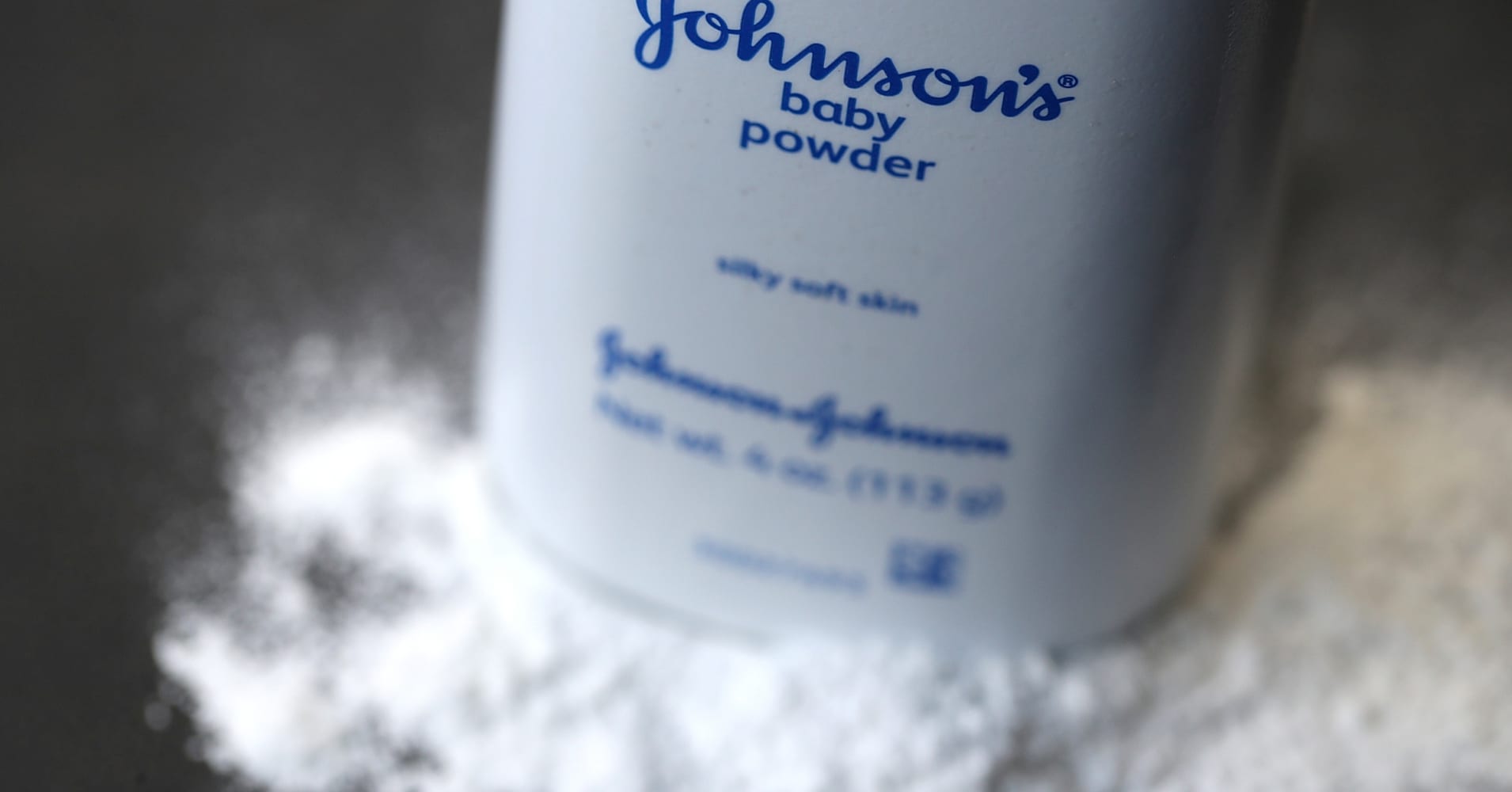
Johnson & Johnson developed a strategy in the 1970s to deal with a growing volume of research showing that talc miners had elevated rates of lung disease and cancer: Promote the positive, challenge the negative.
That approach was summed up by a J&J applied research director in a strictly confidential March 3, 1975, memo to managers of the baby products division, which used the talc in J&Js signature Baby Powder.
Our current posture with respect to the sponsorship of talc safety studies has been to initiate studies only as dictated by confrontation, the memo said. This philosophy, so far, has allowed us to neutralize or hold in check data already generated by investigators who question the safety of talc.
Also, the memo said, we minimize the risk of possible self-generation of scientific data which may be politically or scientifically embarrassing.
J&Js effort to protect its iconic Baby Powder franchise by shaping research was led by physician and scientist executives. An early 1970s study of 1,992 Italian talc miners shows how it worked: J&J commissioned and paid for the study, told the researchers the results it wanted, and hired a ghostwriter to redraft the article that presented the findings in a journal.
The effort entailed other attempts to influence research, including a U.S. government study of the health of talc workers in Vermont. J&Js Windsor Minerals Inc subsidiary, one of several mine operators involved in the study, developed a relationship with the U.S. National Institute of Occupational Safety and Health researchers to even influence the conclusions through suggestions of subjective interpretations, according to a 1973 Windsor Minerals memo.
Peter Bicks, outside counsel for J&J, told Reuters in an email that for the Vermont study, company "representatives acted in an 'educational and advisory capacity' to provide the researchers with a realistic study plan."
A 1979 article in the Journal of Environmental Pathology and Toxicology detailing the findings of the study was not good news for talc. It reported a significant increase in respiratory cancer mortality among miners. A subsequent analysis of the underlying data published in 1988 determined that at least one of the workers died of mesothelioma, the cancer most closely associated with asbestos.
The proposal to study the health of miners of the Italian talc used in Baby Powder for decades came from William Ashton, J&Js longtime talc supply chief. Ashton had obtained a summary of miners medical records compiled by an Italian physician, who also happened to control the countrys talc exports.
J&J should use those records for maximum benefit, Ashton said in a May 8, 1973, letter to Dr Gavin Hildick-Smith, J&Js director of medical affairs. It seems to me that the Italian records give us the opportunity to fortify a position on talc safety.
At the time, the U.S. Food and Drug Administration was considering a limit on asbestos in talcs. In an Oct. 18, 1973, memo, Hildick-Smith advised J&J: The risk/benefit ratio of conducting an epidemiological study in these mines must be considered.
By early 1974, the study was a go. Hildick-Smith sent money to the Italian talc exporter-physician to hire a team of researchers. Hildick-Smith told the lead researcher in a June 26, 1974, letter exactly what J&J wanted: data that would show that the incidence of cancer in these subjects is no different from that of the Italian population or the rural control group.
That is exactly what J&J got, Hildick-Smith told colleagues a few months later. At a meeting on Sept. 27, 1974, for a Talc/powder Safety Studies Review, he reported the Italian study would dispel the cancer concern associated with exposure to talc.
The following spring, Hildick-Smith got a draft of the Italian study from the lead researcher. It needed work to meet the form and style requirements of the target journal, he told colleagues in a March 31, 1975, memo. He added that he would send it to a scientific ghostwriter who will hold it in confidence and rewrite it.
The article that appeared in 1976 in the Journal of Occupational and Environmental Medicine reported results even better than J&J had bargained for. The study found fewer lung cancer deaths than expected, a result that the authors said supported the thesis of no cancerogenic effect attributable to pure talc.
It also found no mesothelioma, the signature cancer of asbestos exposure. There is no evidence J&J manipulated or misused the data. Experts for plaintiffs have testified that the Italian study was too small to draw any conclusions about the incidence of such a rare cancer. J&Js expert witnesses have concluded the opposite.
Bicks noted that the Italian study has been updated three times in 1979, 2003 and 2017 "confirming the lack of association between exposure to asbestos-free talc, lung cancer and mesothelioma."
J&J got a lot of mileage out of the study. It was cited in a review article titled The Biology of Talc, published Nov. 1, 1976, in the British Journal of Industrial Medicine. In addition to dozens of published studies, the review cited unpublished research, including one experiment that used a doll as a proxy for infants and that supported the companys position on the safety of talc. It didnt disclose that J&J had commissioned the unpublished research.
The author of the review article concluded that the concern that has been expressed about the possible health hazard from consumer exposure to cosmetic talc is unwarranted There is no evidence that its normal use poses a hazard to health.
The author was Hildick-Smith, the J&J physician executive who had overseen the Italian study and played a key role in the companys talc safety research. The article did not disclose his J&J connection, identifying him only as a Rutgers University clinical assistant professor. Hildick-Smith died in 2006.
from Top News & Analysis https://ift.tt/2UGD4Yl
No comments:
Post a Comment